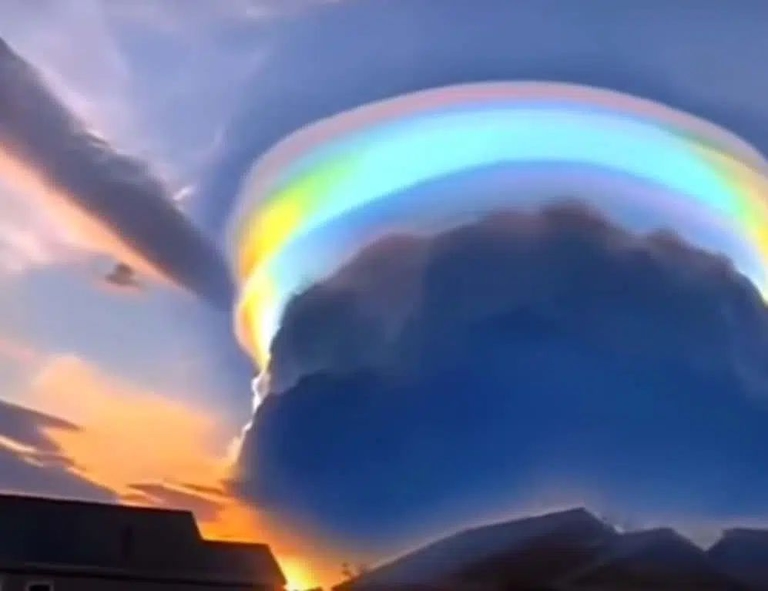Falling clouds: myth or a rare atmospheric phenomenon?
When we gaze at the sky, clouds appear to float lightly, resembling fluffy feathers. However, sometimes we hear about "falling clouds" — a phenomenon that can cause confusion and even concern. What does it really mean? Why do clouds, made up of water droplets or ice crystals, not fall to the ground despite being heavier than air? Can they actually descend to the surface? Let’s explore this question.
Why don’t clouds fall?
Clouds are collections of tiny water droplets or ice crystals that form in the atmosphere as a result of water vapor condensation. Despite their physical mass, they can float in the air. The secret to their behavior lies in the laws of physics.
1. Updrafts
Warm air is lighter than cold air. When sunlight heats the Earth's surface, warm air rises, carrying moisture with it. These updrafts provide support for microscopic droplets, preventing them from descending.
2. Small droplet size
The droplets in clouds have a diameter of only about 10 microns. They are so small and light that they are hardly affected by gravity, and air resistance keeps them suspended. In simpler terms, the droplets are "weighed" in the atmosphere.
3. Convection and turbulence
Clouds are also supported by turbulence and convection in the atmosphere. These air movements constantly mix and lift the droplets, preventing them from settling.
When droplets in clouds begin to coalesce — for instance, due to the condensation of additional moisture — they become too heavy to remain suspended. This is when precipitation occurs: rain, snow, or hail.
Falling clouds in China: atmospheric anomalies
In recent years, rare and unusual atmospheric phenomena have been recorded in China, referred to by many as "falling clouds." One such phenomenon is the rainbow-hued pileus clouds.

Rainbow clouds are lens-shaped formations that appear above cumulus clouds. They can take on various colors due to the refraction of sunlight in tiny water droplets. This phenomenon was observed in August 2022 in the city of Puning, Guangdong province. Observers were amazed by the colorful iridescence and the effect that made it seem as though the clouds were descending to the ground.
However, the nature of such phenomena can be explained scientifically. They occur due to specific meteorological conditions when moist air rises, cools, and condenses at certain altitudes, creating unusual optical effects.
Artificial clouds: weather control
China is also actively utilizing weather control technologies. One method is cloud seeding, which involves introducing silver iodide particles into clouds. This substance stimulates the condensation of moisture and induces artificial precipitation.
Such technologies are employed to combat drought and enhance water supply. They can also create clouds that visually resemble "falling" or "disintegrating" structures. This leads people to believe in unusual natural phenomena, even though they are, in reality, the result of scientific experiments.
What happens if you touch a cloud?
Imagine being able to touch a cloud. In reality, it would feel similar to walking through dense fog.
1. Humidity and coolness
Clouds consist of tiny water droplets. Upon contact, you might feel a slight dampness and coolness on your skin.
2. Fog and visibility
Falling or low-hanging clouds often appear like thick fog, which can limit visibility. However, they do not physically cause harm.
3. Safety of artificial clouds
When it comes to technologically created clouds, such as those made from aerosols, they can be safe, but in some cases, caution may be necessary depending on the composition of the sprayed substances.
Conclusion: magic or physics?
So, clouds are not mysterious objects but rather the result of complex physical processes in the atmosphere. Their ability to "float" is due to updrafts, small droplet size, and turbulence.
The "falling clouds" that have garnered attention in China may be rare natural phenomena, such as rainbow clouds, or the result of technologies aimed at weather control.
Regardless of their origin, contact with clouds is a safe and even exhilarating experience. Whether it’s fog, low-hanging clouds, or artificial atmospheric formations, they remain a part of the fascinating and predictable science, not magic.